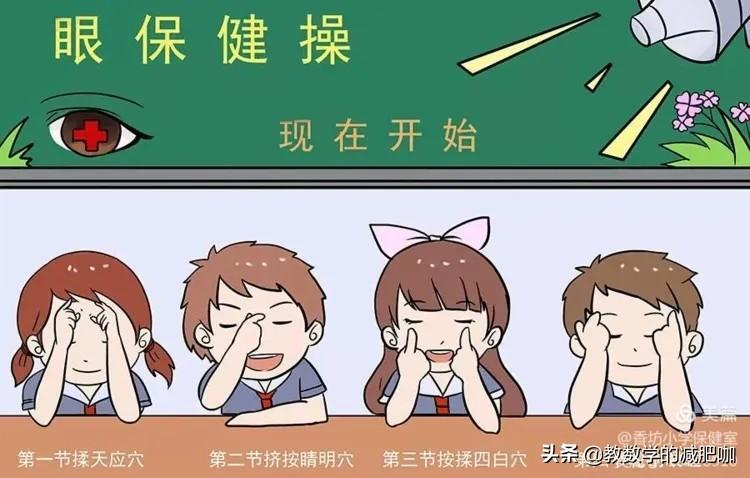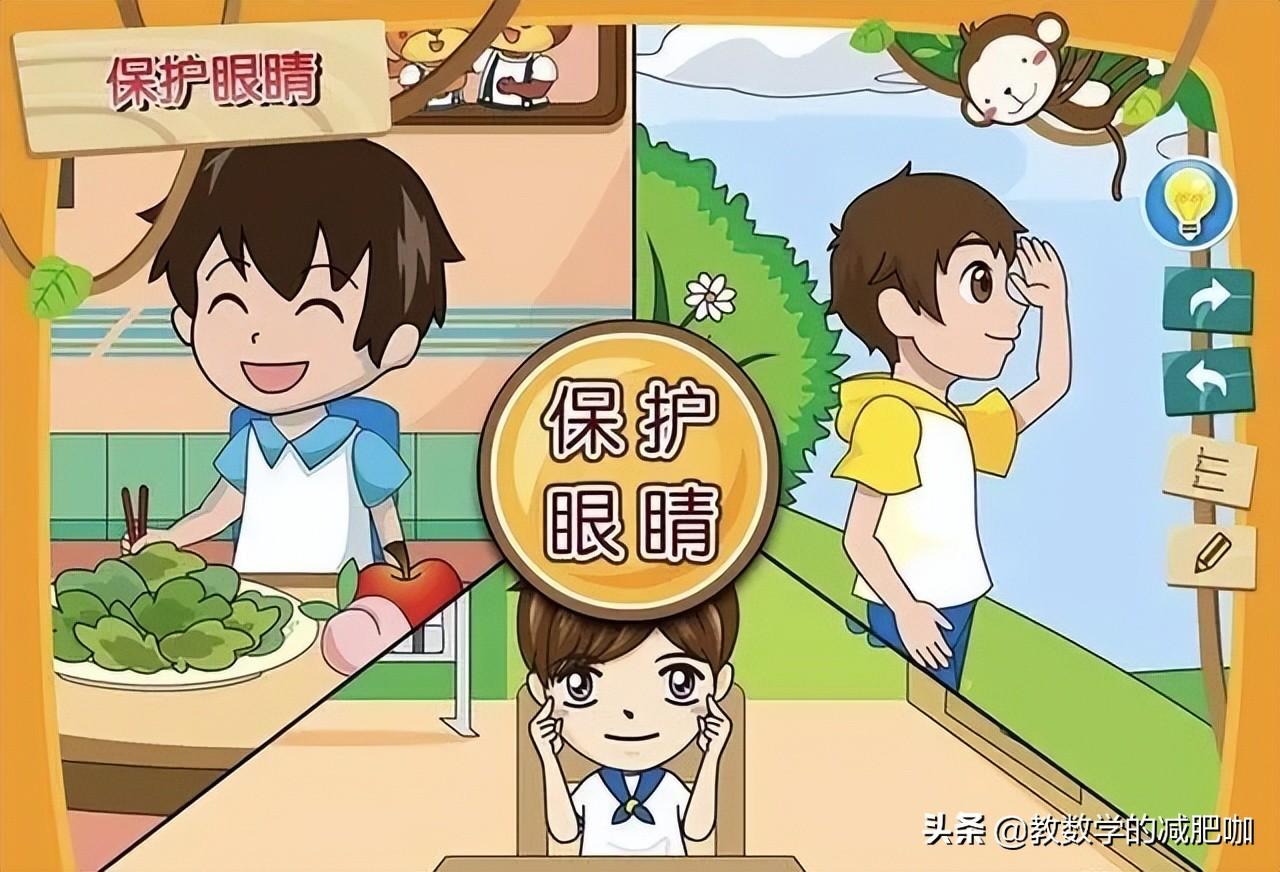About textbook hygiene requirements
1. Paper requirements.
"The basis weight of paper used for text in color printing should not be less than 70.0g/m2, and the basis weight of paper used for text in single-color printing and two-color printing should not be less than 60.0 g/m2.
"Except for coated paper, the D65 brightness of the inner text paper should not be less than 55.0% and not more than 85.0%."
2. Printing quality requirements.
"For prints of different colors (yellow, magenta, cyan, black) and paper types (coated paper, uncoated paper), the density of the printed solid should be equal to the corresponding density value requirements."
"The overprint error of printing should not be greater than 0.30 mm"
3. Fonts. Font size, line space requirements.
(1) In the main text, Chinese characters, characters and Arabic numerals, elementary school one. The font size for the second grade is larger, and should not be smaller than size 3; for the third and fourth grades of primary school, it should be no smaller than size 4; for the rest of the primary, middle and middle grades, use handwriting care.
(2) For catalogues, annotations, pinyin and other supplementary characters, the font size should not be smaller than 5 for primary school, and no smaller than 5 font for junior high school and high school.
(3) For the font of the main text Chinese characters, the first and second grades of elementary school use Xiangti as the main style; the third and fourth grades of elementary school gradually transition from Xiangti to Moti; the rest of elementary school, junior high school, and high school use Song style mainly,
(4) For Xingkong, the first and second grades of primary school should not be less than 5.0mm; the third and fourth grades of primary school should not be less than 40mm; the other grades should not be less than 3.0mm. Interpretation: The font size, font, and line space of printing Lingwu can affect the eye adjustment function. Too small font size and too crowded line space will increase the adjustment load and cause eye adjustment tension. This standard refers to relevant domestic standards. The font size and line space are stipulated separately in order to reduce the occurrence of students' visual fatigue.
(2) Hygienic requirements for teaching supplementary materials and magazines for learning. The paper, font, font size, and space requirements are consistent with those in textbooks. (3) Regarding the hygienic requirements for schoolwork books.
1. Paper requirements.
"Except group drawing books and brush calligraphy books, the weight of the inner core paper of the academic book should not be less than 65.0g/m2; the smoothness of the front and back sides should not be less than 20 s; the brightness of D65 It should not be less than 55.0% and not more than 85.0%; D65 fluorescence brightness should not be more than 5.0%."
2. Inner core grid line size specification.
"For the horizontal-line class booklets, the line height should not be less than 9.0mm except for the elementary school English practice booklets, and the others should not be less than 8.0mm; for the elementary school grid class booklets Except for the grid width and height of the digital exercise book for the first grade of primary school, which should not be less than 5.0mm and 10.0 mm respectively, and the square width and height of the matts exercise book for the first and second grades of primary school should not be less than 14.0mm, the width and height of other blog books Both height and height should not be less than 8.0 mm.
3. Print quality.
"For the group case of the espionage industry, the text should be clear and complete, the overprint error should not be greater than 0.30 mm, and there should be no obvious smudges.
(4) Hygienic requirements for examination papers.
1. Paper requirements are the same as Shum Yip Booklet.
2. The font, font size, and line and space requirements are consistent with those in the textbook.
(5) Hygienic requirements for newspapers used for study.
1. Newspapers for learning should have clear printing margins, and the distance between reprinted double rounds should not be greater than 0.25mm; the overprint error should not be greater than 0.30mm; Star watermark, black solid density not less than 0.95.
2 For the font size of newspapers used for learning, the Chinese characters, letters and Arabic numerals used in the main text should not be smaller than size 5.
(6) Hygienic requirements for reading materials for preschool children.
1. Paper, printing quality requirements are consistent with textbooks.
2. The font size should not be smaller than 3 fonts, mainly in italics. The supporting text should not be smaller than size 5.
3. The line space should not be less than 5.0mm
(7) Hygienic requirements for general classroom lighting fixtures and desk lamps for reading and writing.
1. Lamps should pass the national compulsory product certification.
2. The correlated color temperature of ordinary classroom lighting fixtures should not be less than 3300K and not more than 5300K.
3. The general color rendering index Ra should not be less than 80, and the R9 of LED lamps should be greater than 0.
4. For lamps that are not exempt from the blue light hazard assessment of the Internet, the blue light hazard group of ordinary classroom general lighting lamps and reading and writing desk lamps should reach RG0, and the blue light of local blackboard lighting lamps Dangerous group brush house to reach RGO or RG1
5. The fluctuating depth of lamps should not exceed the corresponding limit value to reduce the impact of flicker on human eyes.
6. When the desk lamp for reading and writing work is in the normal working position, the resolution and illuminance uniformity of the lamp should meet the corresponding requirements, and it should be light sensitive to ensure that the light is bright and uniform, without Excessive glare.
(8) About teaching multimedia product display technical requirements.
1. The light output value of the projection equipment should not be less than 80% of the nominal value.
2. The maximum screen brightness and brightness contrast ratio of the projection equipment should not be less than 200cd/m2 and 500:1 respectively, and the TV video display system should not be less than 300 cd/m2 and 1000:1 respectively.
3. The uniformity of brightness (four degrees) of the TV video display system and projection equipment should not be less than 70% and 80% respectively.
4. There should be no perceptible flickering of the light, and the blue light hazard group brush should reach RGO,
5. The brightness and viewing angle of the projection equipment should not be less than 120; the level of the TV visual display system. The direct brightness and viewing angle should not be less than 120" and 60° respectively
6. The projection screen should not be smaller than B0in, and the monitor screen of the TV video display system should not be smaller than 60in.





Articles are uploaded by users and are for non-commercial browsing only. Posted by: Lomu, please indicate the source: https://www.daogebangong.com/en/articles/detail/Interpretation%20of%20the%20Standards%20for%20the%20Use%20of%20Fonts%20and%20Sizes%20in%20Textbooks%20and%20Tutorials.html

 支付宝扫一扫
支付宝扫一扫 
评论列表(196条)
测试